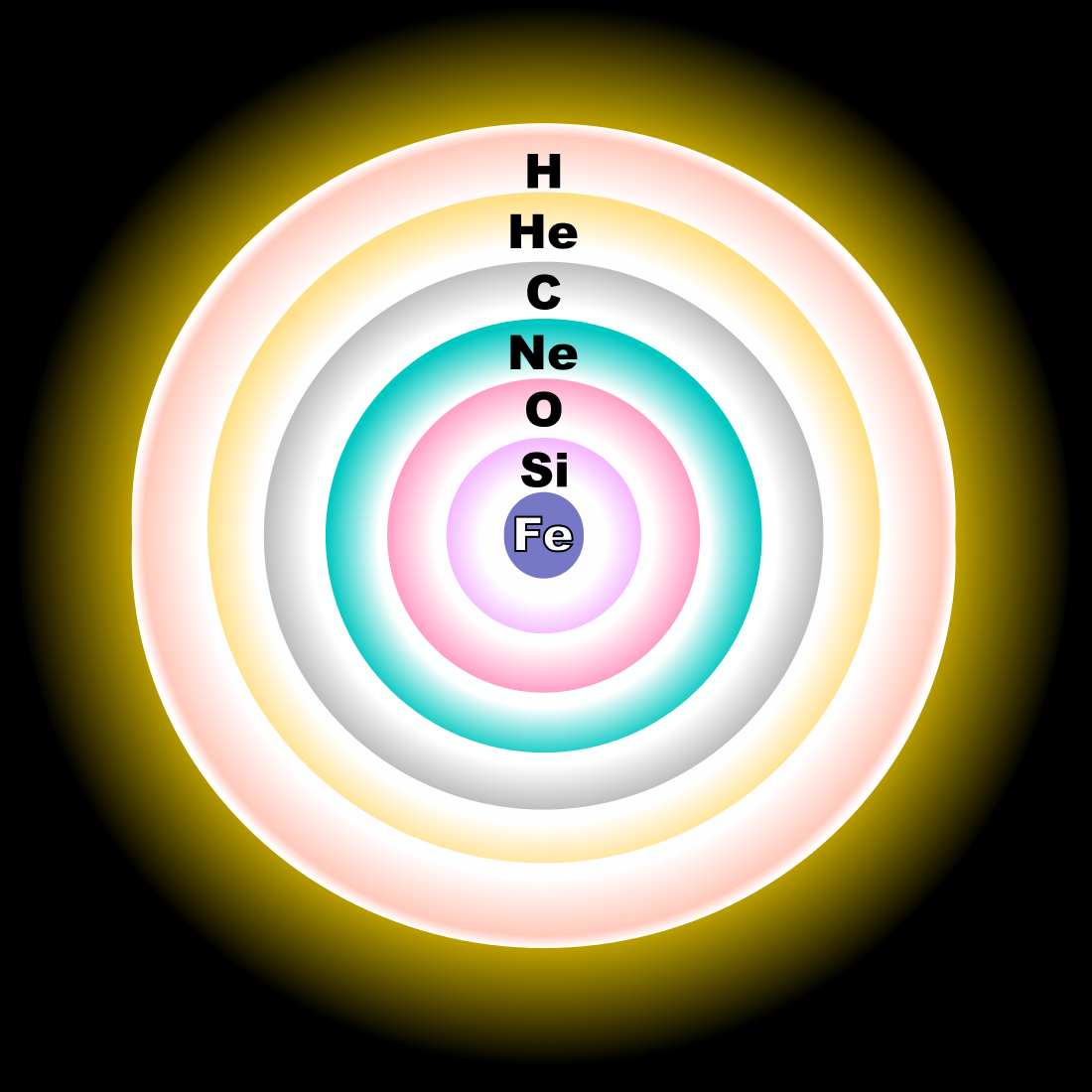When Stars Die Quietly
A red super-giant dims suspiciously. If the star dies, a violent novae explosion will be visible even in daylight. But could Betelgeuse simply blink out quietly?
The star known as Betelgeuse in the constellation Orion has displayed variable luminosity for many years, yet in the past few months the star has broken this pattern and dimmed dramatically. Expert observers claim that this could indicate that the star’s end is imminent. Standard astrophysical models, according to Forbes, suggest that there is “little doubt” Betelgeuse is on its way to a supernovae explosion. This is the prescribed fate for large red stars, such as Betelgeuse, which is a red supergiant approximately 20 times the size of our Sun.
We are told that this star’s bright fiery death will be visible by daylight here on Earth, with a luminosity approximating that of the full moon. Explosions such as these, however, seem to relatively rare in the course of human history. The last observation of any event even approximating a supernova within our galaxy, for instance, occurred in 1604. A few others date back into the early first millennium A.D. So,
…does this mean that stars simply don’t die that frequently?
Absolutely not.
In fact, it appears that stars are blinking out of sight around us and have been doing so for quite some time. A team of scientists have been tracking the disappearance of stars across nearly 70 years of data. The project, known as VASCO or “Vanishing & Appearing Sources during a Century of Observations,” has detailed the disappearance of some 150,000 bright objects. The authors of the VASCO study suggest that, like Betelgeuse, the light sources examined also bear the quintessential red-supergiant appearance. Perhaps they were just one time flares in the original frames, or perhaps they were some other artifact. The authors have a difficult time calling the missing objects stars since they acknowledge that under the present paradigm, so many supernovae is absurdly improbable. But what if they were in fact stars and they didn’t supernova?
The top plate shows one of some 150,000 vanishing stars shown comparing frames across 70 years of observation. Image: https://arxiv.org/pdf/1911.05068.pdf
One explanation, provided by the VASCO scientists, for the disappearance of a star without a proper explosion, points to the theoretical black hole collapse of the object. Interestingly, the authors of the study conclude that few of the candidates examined are massive enough to be considered to meet the theoretical requirements for black hole formation. That being the case, and barring alien intelligent intervention, the authors state:
“…we cannot rule out the possibility that less massive (and therefore more abundant) stars fail to explode, possibly due to some other mechanism, thus leading to a much higher rate of “vanishing stars.”
It is tempting to imagine how one such failed star might appear. Interestingly, spectral analysis and contemporary theory suggests that end-stage stars display a highly ordered onion-like architecture with an iron core, surrounded by silicone, oxygen, neon, carbon, helium, and hydrogen. In other words, after losing their glow, these bodies ought to look a lot like a young gas planet. It begs the question: could the rash of newly discovered exo-planets be related?
Read more about extinguished stars at https://vasconsite.wordpress.com
End-stage stars are alleged to have a composition that closely resembles the layered composition of gas planets.
Image: Wikimedia. https://en.wikipedia.org/wiki/Stellar_evolution








